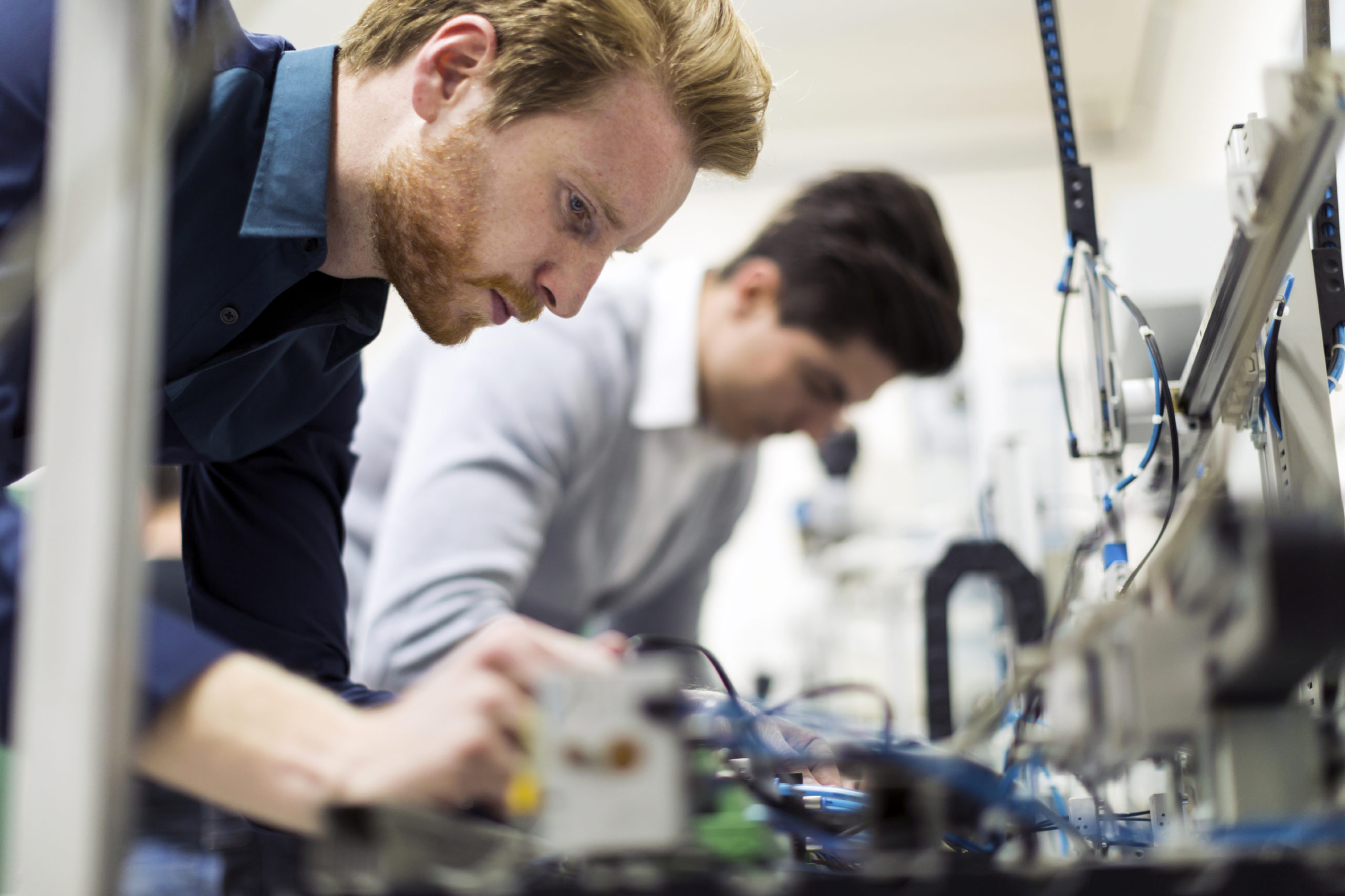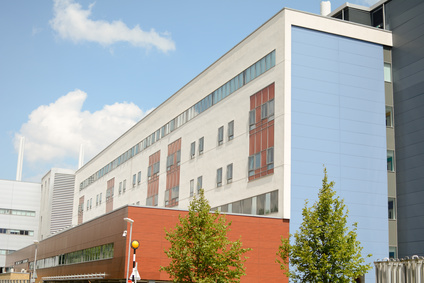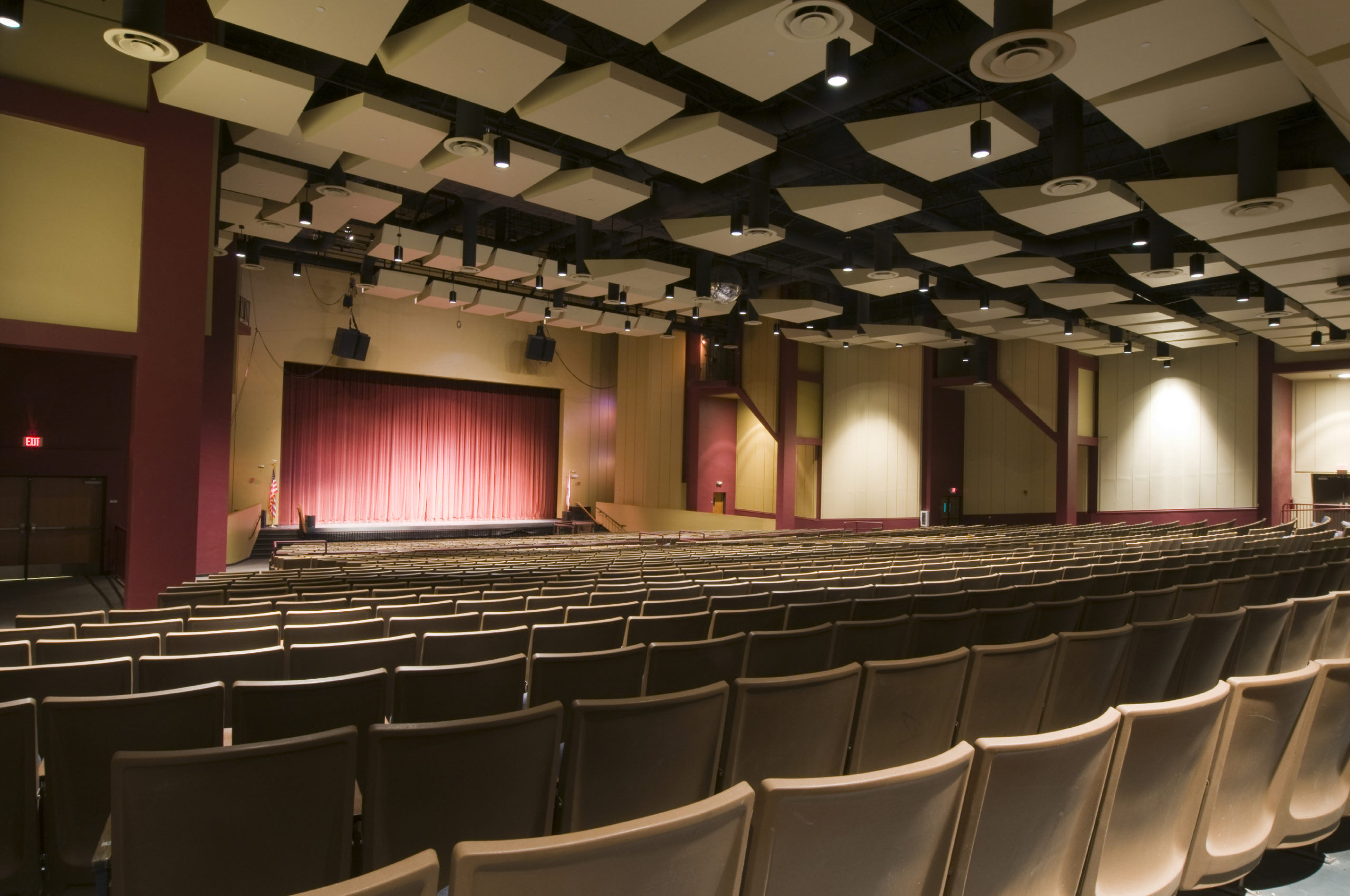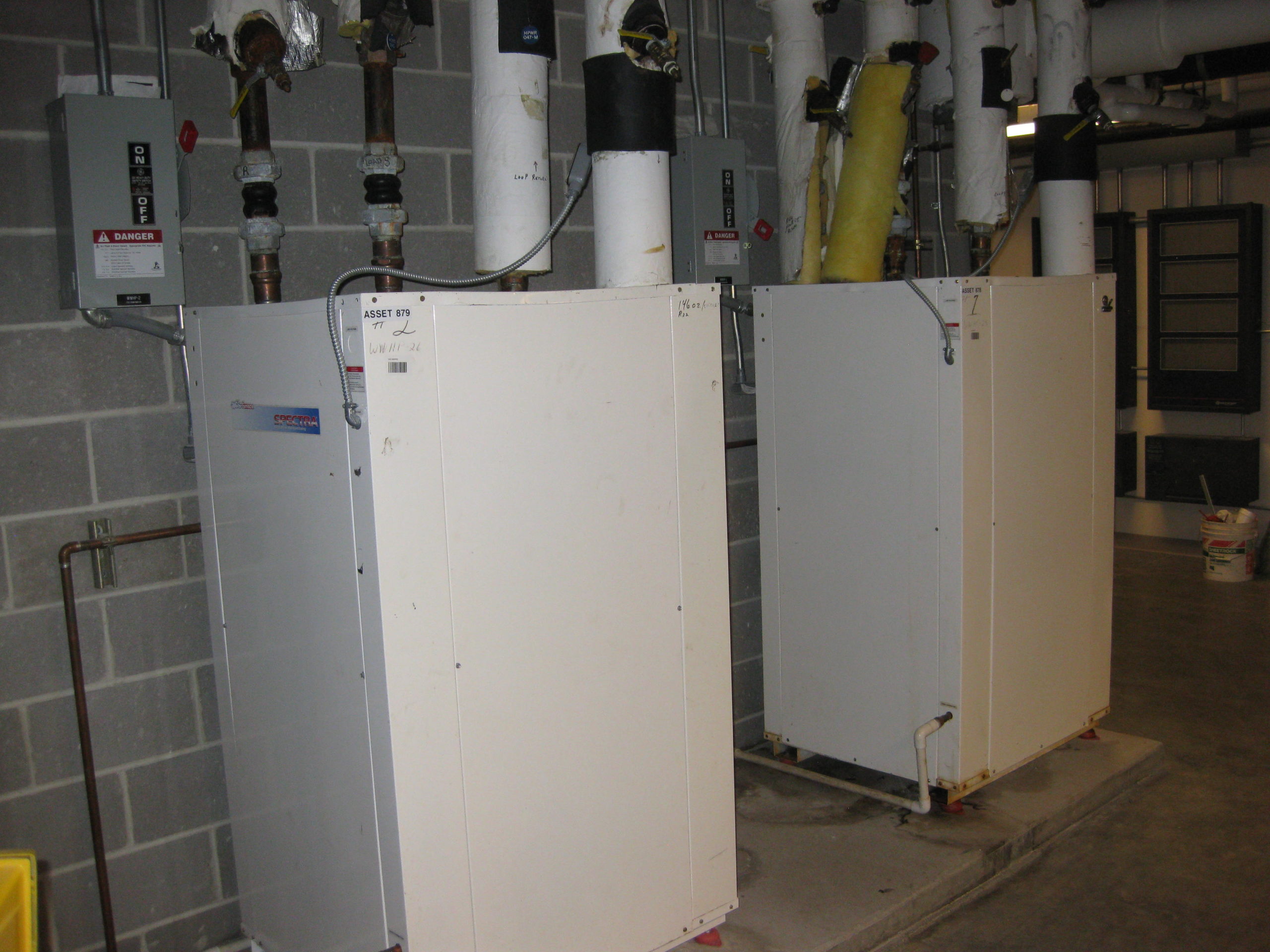What is it? Many chemical processes involve the separation of liquid mixtures into their components. For example, crude oil is a mix of hydrocarbons (wax, oil, kerosene, gasoline) that are separated at a refinery. In the ethanol industry, fermentation produces a mix of water and ethanol called ‘broth’. Broth is 90 – 95% water, but auto fuel requires >99% ethanol and <1% water. Distillation columns separate most of the ethanol from the broth. But other (hybrid) techniques must be used to remove the rest of the water. How does it work? In ethanol distillation columns, heat is applied to the…
Read More

The term ‘servo’ refers to a control mechanism that uses negative feedback to sense and correct errors. This control strategy, when applied to motors, results in increased precision and efficiency.
Read More

For traditional windows used in commercial and residential buildings, glazing performance was advanced by adding special coatings or by filling the space between glass layers with less convective gases.
Read More

Synchronous AC motors are motors that rotate at a speed that is perfectly “in sync” with the frequency of the electric current supplying it. This is different than the much more common induction AC motors.
Read More

Energy information systems (EIS) are tools that allow facilities to manage their energy use. They also enable facility staff to better track energy performance.
Read More

Microwave heating uses electromagnetic waves in the microwave frequency range to energize molecules in a material or substance, causing the material to heat up.
Read More

New data centers are the best fit for liquid cooling systems. Retrofits to existing air-cooled systems are available, but they can be cost prohibitive and require server downtime.
Read More

Occupancy counters, however, can count the individual number of people in the space, giving pinpoint precision on the currently required ventilation rates and lighting controls.
Read More

A super boiler system is actually a collection of various energy-saving technologies. It has several stages of economizers to recover heat and water vapor from the boiler stack gas.
Read More

Instead of allowing plug loads to draw power at all times, plug load management, such as advanced power strips, can be used to power down equipment when no one is using it.
Read More


